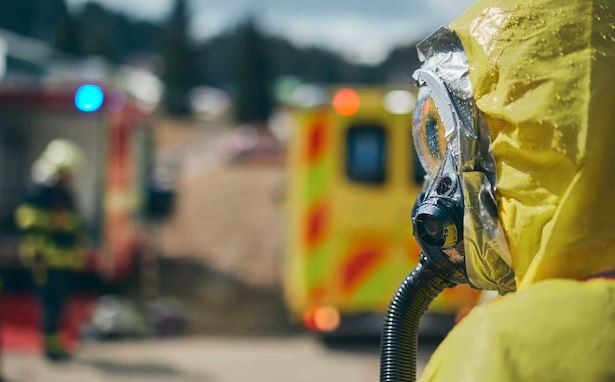Medical Waste Types You Need To Know

Clinical waste management is a process that involves the collection, transportation, storage, processing and disposal of infectious waste. The Clinical waste management can also be referred to as hospital waste management. Clinical waste management is an integral part of infection control and environmental protection.
Different Kinds of Medical Waste
There are many distinct categories of medical waste. While some are hazardous, others are non-hazardous.
If you are in charge of managing a hospital, research facility, pharmacy, blood bank, dental office, nursing home, or any other form of a healthcare institution in the United Kingdom, you are aware of how important it is to properly dispose of medical waste. Recognising the sort of waste you have on hand is the first step in understanding the disposal needs of your business.
Chemical Waste
The disposal of chemical waste requires careful consideration to prevent having a negative impact not only on human and animal life but also on rivers and soil.
Laboratory Waste
This waste might be in the form of a liquid, a solid, or even a compressed gas.
Pharmaceutical Waste
Because of its ignitability, corrosivity, reactiveness, and toxicity, some types of pharmaceutical waste are categorised as hazardous. A wide variety of pharmaceuticals, ranging from epinephrine to nitroglycerin and numerous chemotherapy agents, are considered to be hazardous wastes.
Chemotherapy Waste
Waste from chemotherapy may include banned chemicals such as morphine and hydrocodone, in addition, to trace amounts of waste from chemotherapy such as intravenous (IV) bags, tubing, vials, and syringes.
Dental Waste
In addition, dental clinics employ lead as a foil for x-ray packages, x-ray protective aprons, and boxes for storing x-ray film.
Biomedical Waste
Infectious biomedical waste is a hazard in a variety of medical institutions, including hospitals, dental offices, and other sorts of medical facilities. It is not uncommon to find blood-soaked gauze, swabs, and compresses, in addition to used sharps. Other forms of biohazardous waste include pathological waste, bodily fluids, body parts, organs, tissues, blood products, and human blood. Other kinds of biohazardous waste also include human blood. It is essential to use caution while handling these potentially hazardous materials to prevent the spread of infectious illnesses.
Medical Waste That Does Not Pose a Health Risk
Plastic packaging, clean glass and plastic, paper and cardboard, office supplies, and office furniture are some examples of types of medical waste that are not dangerous.
Non-Medical Waste
Although certain clinical waste products aren’t unique to medical settings, you may often find them at testing facilities, labs, clinics, and doctor’s offices
3 Unintended Consequences of Clinical Waste Management
Clinical waste management is a process that ensures safe infectious waste disposal. However, it can also have negative effects on the environment and people.
The three most common unintended consequences of clinical waste management include:
- The spread of infectious diseases due to improper storage and handling of medical waste
- The potential for an increase in fires and explosions due to improper storage
- The release of toxic chemicals into the air, water, or soil from improperly stored hazardous materials.
Wrapping Up
To provide quality care, hospitals need to make sure that they are disposing of waste properly. The problem is that hospitals are not always aware of what waste they are generating and where it goes.
Clinical Waste Management Solutions help hospitals reduce the risk of clinical waste by providing them with a centralised point for disposal, which helps them reduce their risk of being fined or held liable for any health-related issues caused by improper disposal practices or lack thereof. Always ensure to team up with medical waste experts in your local area for safe disposal of all types of waste streams.








